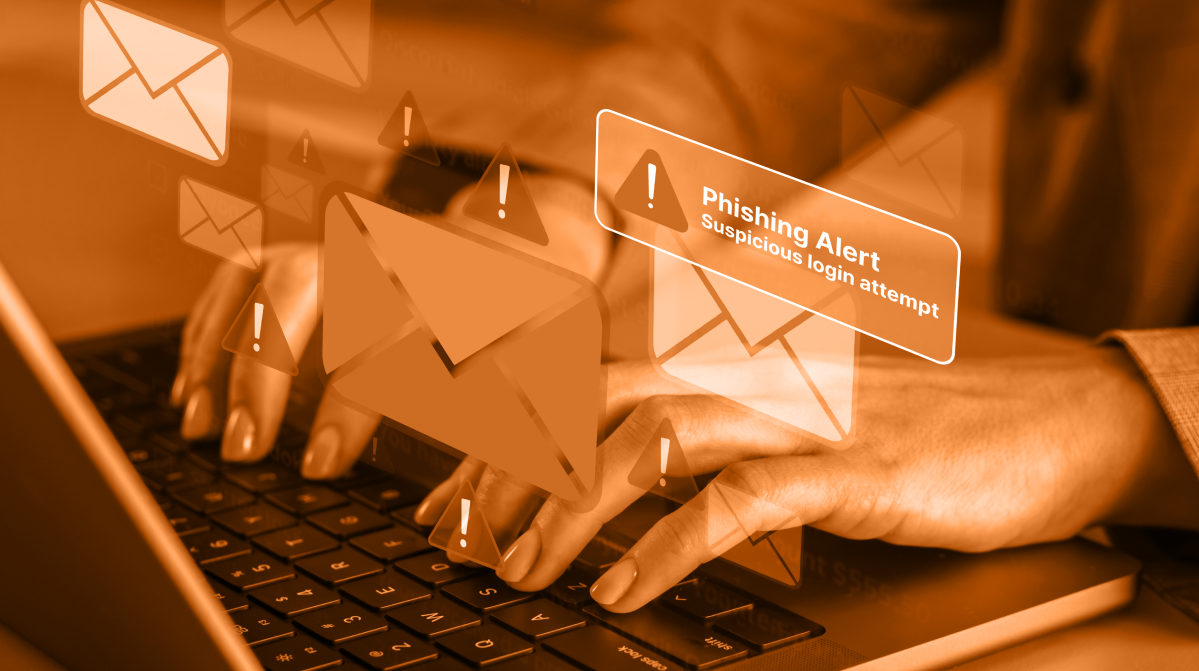
Originating from the day after Thanksgiving, Black Friday now signals the official start of the Christmas shopping season. According to market analytics company GfK, online channels accounted for around 15% of sales over the Black Friday period in 2022 in South Africa. The sheer volume of transactions taking place can make this a highly lucrative period for businesses, provided they can navigate the rippling tide of traffic and demand.
However, this massive influx of online shoppers serves as an opportunity for hackers and cybercriminals. With the substantial rise in electronic transactions, the chances of online fraud, scams, and cyber threats also increase significantly. Cybersecurity might seem like a niche concern for typical shoppers eager to score big on deals, but it is, in fact, imperative for everyone engaging with online platforms on this day.
Protecting your personal information and cash against cyber threats becomes as essential as bagging the best deals. For businesses, they must ensure that their platforms are not only able to handle the expected traffic but that they also provide a secure environment for their customers to shop.
This blog post aims to provide both shoppers and sellers with comprehensive knowledge and strategies on how to stay safe online this Black Friday. From shedding light on cybersecurity threats like Quishing (QR code phishing), DDOS attacks, domain spoofing to sharing some valuable cybersecurity best practices, we plan to equip you with the right information to make your Black Friday a safe and successful experience.
The lure of Black Friday, with its heightened online transactions and often frantic shoppers, presents an ideal scenario for such unscrupulous activities. Cybersecurity firms have often reported noticeable increases in cyber-attacks during this period, highlighting the importance of remaining vigilant and informed.
One primary reason for this rise is the mix of rush and distraction that characterizes Black Friday for many shoppers. Many let their guard down in the pursuit of lightning deals, often overlooking alarming signals of fraudulent activities. For businesses, the surge in customer traffic can make it challenging to monitor and manage security effectively, thereby opening an avenue for potential breaches.
Ways Hackers Can Ruin Your Black Friday
Understanding the tactics employed by hackers is the first step in safeguarding against them. Here are some of the most common strategies used by cybercriminals during Black Friday:
By being cognisant of these threats, shoppers can stay one step ahead of the cybercriminals. In the following sections, we'll delve deeper into each of these cyber threats and provide practical tips on how to identify and address them.
QR codes provide a quick and efficient way to navigate to websites, make payments, and more. However, this convenience is not without its pitfalls, and one such pitfall is Quishing.
Quishing, a portmanteau of 'QR code' and 'phishing,' involves the use of fraudulent QR codes to redirect users to malicious websites, dupe them into downloading malware, or capturing sensitive information. Cybercriminals cleverly craft these codes and strategically place them where users are likely to scan them, like on payment links, coupons or marketing emails - especially during glowing sales events like Black Friday.
Quishing attacks are increasingly becoming a common occurrence. Here are a couple of real-life examples demonstrating how they work:
Quishing attacks are cleverly devised, but that doesn't mean you are helpless against them. Here are some tips to help stay secure:
While quishing targets individual shoppers, another dreaded form of cyber-attack aims at disrupting entire infrastructures - these are known as Distributed Denial of Service, or DDOS attacks.
The principle behind a DDOS attack is fairly straightforward. Hackers overrun a server with so much traffic that it can no longer process any requests, thereby rendering the website or a service unavailable. DDOS attacks leverage multiple compromised computers as sources of traffic, making these attacks quite difficult to mitigate.
Black Friday sales are characterized by high online traffic, with businesses launching multiple campaigns to attract customers to their websites. Unfortunately, this makes Black Friday an attractive period for hackers to launch DDOS attacks. By rendering commerce platforms inaccessible during peak shopping hours, they can cause significant disruption. Not only can businesses lose sizeable revenue but their reputation can be severely dented as consumers lose trust in their ability to provide a dependable shopping experience.
While businesses largely bear the brunt of DDOS attacks, being aware of such risks as a shopper can inform your choices of online platforms, particularly during peak shopping seasons like Black Friday. Here are some preventive measures businesses can take to bolster their defenses:
As you navigate the great digital ocean of Black Friday deals, another cyber menace that could potentially threaten your safety is domain spoofing. It's more prevalent than many realize and being aware of it can make a significant difference to your online security.
Domain spoofing is a technique where cybercriminals create a fake website or email that closely imitates a legitimate one. The key element of domain spoofing is deception. The fraudulent website or email address is designed to appear so authentic that it successfully fools individuals into believing they're interacting with a trusted entity. The goal for the hacker? To steal sensitive information like your login credentials or financial details.
Black Friday can be a field day for domain spoofers. Hordes of shoppers hunting for deals, heavy email traffic marketing myriad offers, and heightened shopping activities create the perfect ecosystem for cybercriminals to inject their spoofed websites and emails. By imitating trusted retailers, these hackers can trick shoppers into revealing sensitive information or even making payments to them, thinking they've secured a discount deal.
Here are some actionable tips just for you to help spot and avoid domain spoofing:
As we examine the murky waters of cyber threats, our objective isn't to deter you from the excitement of Black Friday. Instead, we want to arm you with practical strategies to keep your online shopping experience both enjoyable and secure.
Essential Cybersecurity Measures on Black Friday
While a large part of this guide has been shopper-centric, cybersecurity is a two-fold issue. Businesses, particularly those operating online, need to gear up and ensure their platforms are secure and trustworthy for their customers on Black Friday and beyond.
A cyber-attack can be a crippling blow to any businesses, leading to reputational damage, loss of customer trust, and financial losses. To avoid such scenarios, businesses must take the following measures:
Navigating Black Friday is exhilarating and exhausting. By understanding some of the most common cyber criminal tactics you can keep safer while shopping great deals, spotting them before they spot you.
We hope this guide has been beneficial and has armed you with the knowledge to proactively uphold your cybersecurity as you maneuver through the bustling digital markets this Black Friday. By doing so, you ensure that your holiday season shopping memories are all filled with joy, minus the cyber worries.


